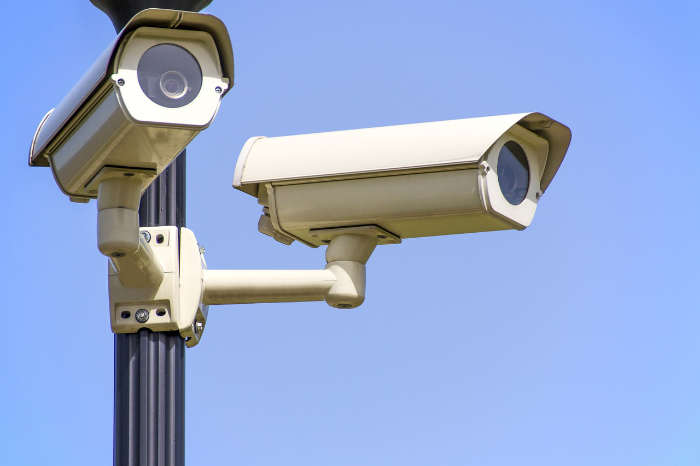Purple Paint Laws by State 2025
Paint Color Used
State | Purple Paint Law Yes/No↓ | Paint Color Used | |
|---|---|---|---|
| Alabama | Yes | Purple | |
| Arizona | Yes | Orange | |
| Arkansas | Yes | Purple | |
| Florida | Yes | Purple | |
| Idaho | Yes | Orange | |
| Illinois | Yes | Purple | |
| Indiana | Yes | Purple | |
| Iowa | Yes | Purple | |
| Kansas | Yes | Purple | |
| Kentucky | Yes | Purple | |
| Louisiana | Yes | Purple | |
| Maine | Yes | Purple | |
| Maryland | Yes | Blue | |
| Missouri | Yes | Purple | |
| Montana | Yes | Orange | |
| Nebraska | Yes | Blue or Red | |
| Nevada | Yes | Orange | |
| New Hampshire | Yes | Purple | |
| North Carolina | Yes | Purple | |
| Pennsylvania | Yes | Purple | |
| South Carolina | Yes | Purple | |
| Tennessee | Yes | Purple | |
| Texas | Yes | Purple | |
| Utah | Yes | Orange or Yellow | |
| Virginia | Yes | Purple or "Aluminum" | |
| West Virginia | Yes | Purple | |
| Alaska | No | ||
| California | No | ||
| Colorado | No | ||
| Connecticut | No | ||
| Delaware | No | ||
| Georgia | No | ||
| Hawaii | No | ||
| Massachusetts | No | ||
| Michigan | No | ||
| Minnesota | No | ||
| Mississippi | No | ||
| New Jersey | No | ||
| New Mexico | No | ||
| New York | No | ||
| North Dakota | No | ||
| Ohio | No | ||
| Oklahoma | No | ||
| Oregon | No | ||
| Rhode Island | No | ||
| South Dakota | No | ||
| Vermont | No | ||
| Washington | No | ||
| Wisconsin | No | ||
| Wyoming | No |
- In many states, the dimensions and placement of the purple paint mark are also set by law. The most common requirements dictate that the purple stripes must be vertical, eight inches tall and one inch wide; and that they must must be positioned at least three feet from the ground, but no higher than five feet.
- Several states with “purple paint laws” actually designate a different color (usually orange).
- In some states, purple paint laws prohibit hunting and fishing, but do not prohibit general entry onto a property.
There are different colors that people associate with different things. For example, most people associate a red light with “stop.” That is why people generally come to a stop at a red stop sign as well. In addition, when people see green, it generally means “go.” That is what people associate with a green light.
Purple also has a very interesting meaning. If there is purple paint somewhere, it typically means no trespassing. Purple paint could signify that someone is about to step onto private property, which means that if they are there without permission, they could be arrested for trespassing. Is this an actual law? There are several states that have interesting statutes related to purple paint.
What States Have Purple Paint Laws?
Even though there are a lot of people who generally accept that purple paint means no trespassing, it doesn’t necessarily mean that it is legally enforceable. For example, New York does not have a purple paint law. This means that if there is purple paint somewhere in New York, it doesn’t mean anything beyond the shade of its color.
On the other hand, twenty-two states do recognize a purple paint law. These states include Alabama, Arizona, Arkansas, Florida, Idaho, Illinois, Indiana, Iowa, Kansas, Louisiana, Maine, Maryland, Missouri, Montana, New Hampshire, North Carolina, Pennsylvania, South Carolina, Tennessee, Texas, Virginia, and West Virginia. This means that landowners could indicate that their land is off-limits if they paint the trunks of trees near the perimeter of their property purple.
It is important to note that allow these laws are called purple paint laws, not every state requires that the paint used to mark trespassing is purple. Idaho and Montana use orange paint instead, and Maryland uses blue oil-based paint. Private property in Virginia can be marked with purple or aluminum paint. Purple paint is also only used to stop hunting, fishing, and trapping on private property in North Carolina.
Is a Purple Paint Law Beneficial?
There are some states that believe that having a purple paint law is beneficial. For example, purple paint gives landowners an easy way to mark their property without having to go out and purchase new signs. If someone owns a significant amount of property, it might mean that they have to purchase multiple miles of boundary tape. Then, they have to deal with their property being vandalized. With purple paint, many of these issues are rectified.
Purple paint could also be environmentally friendly, depending on the type of paint someone purchases. On the other hand, the drawback is that not everyone knows what purple paint means. A sign is much easier for people to recognize, and some people do not realize that purple paint is the equivalent of no trespassing.
What Is the Penalty for Trespassing?
If the state does not have a purple paint law, then it might not be legally enforceable. That means that someone may not be able to bring a case against someone just because there was purple paint marked on the tree that they walked past. On the other hand, if there is a purple paint law on the books, then it is possible that someone could be arrested for trespassing.
Every state has a different law related to trespassing, and there are some states that have more severe punishments than others. Some people could be fined for trespassing, while other people may have to spend time in jail.
Sources
- Purple Paint Law: Trespassing Rules & Regulations - Woodstream Corporation
- The Purple Paint Law - Townsquare Media
- Purple Paint Law in Louisiana - Townsquare Media
- Md. Code Regs - Casetext
- New Hampshire Senate Bill 84 - LegiScan
- What do purple fence posts mean in West Virginia? - Nexstar Media Inc
- 4VAC15-20-230. Color of paint prescribed for posting land - LIS
- Purple Paint Law in Arizona - Townsquare Media
- State By State Guide to No Trespassing Laws & Signage - Signs
- If you see purple paint while hiking in these states, run for your life - Daily Mail
- State By State Guide to No Trespassing Laws & Signage - Signs



















